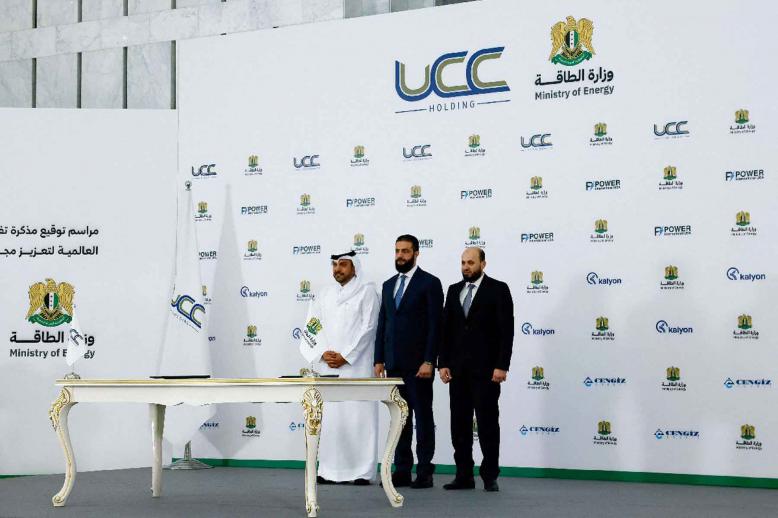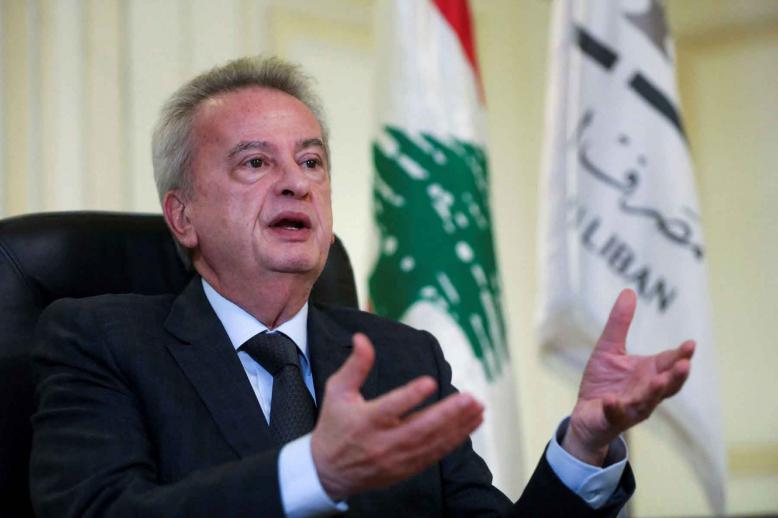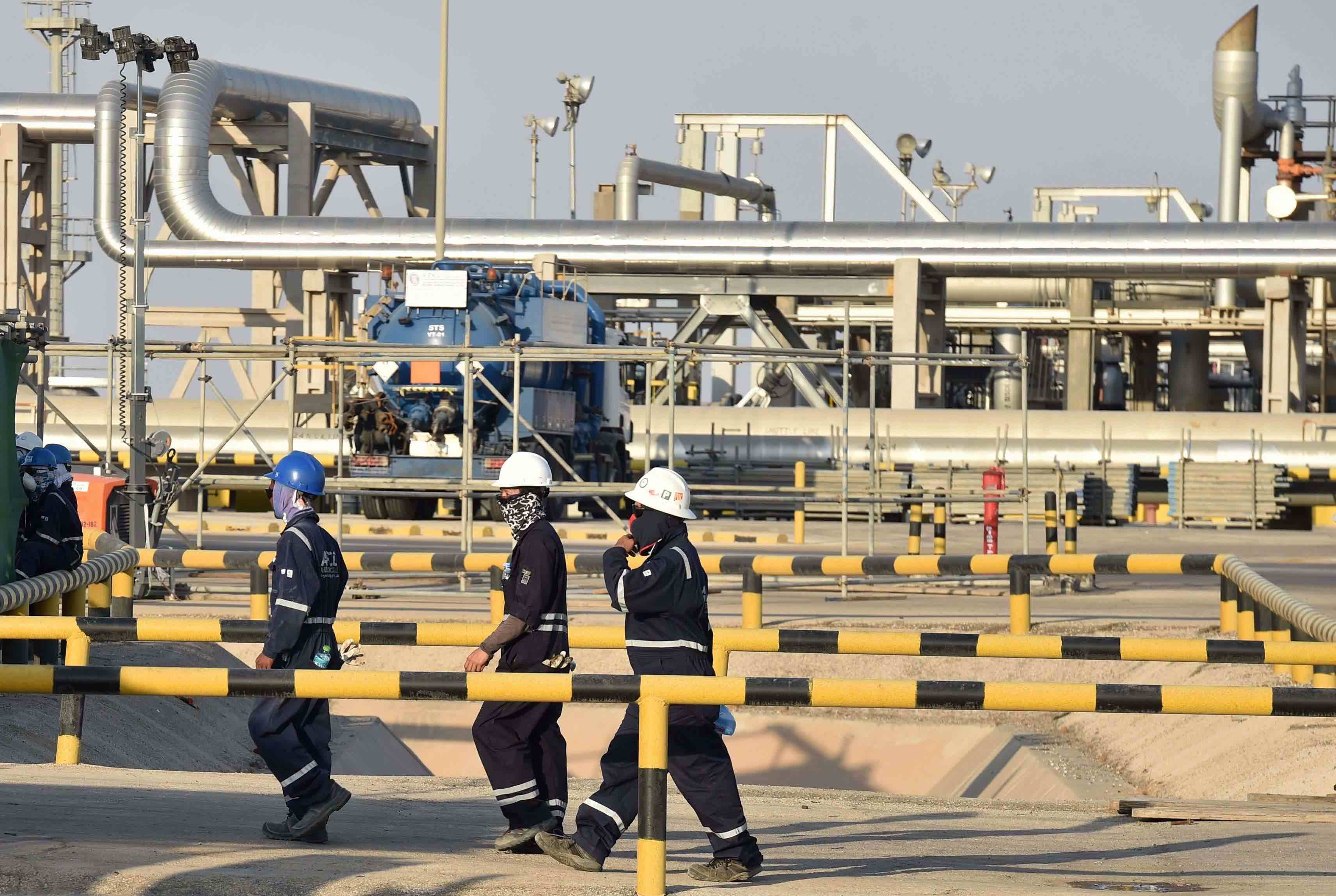Six decades after independence, Middle East still looking for growth model
It’s been 75 years since World War II ended and the idea of decolonising the Middle East and North Africa began to gain ground but, while formal colonisation ended about six decades ago, the region seems unable to find a clear path to growth.
Rather than an “Arab spring,” what may be needed is a temperate autumn, a season of mellow fruitfulness to tackle the region’s biggest problems. These include finding a way to use the demographic bulge to advantage, reducing inequality of opportunity and outcome and boosting local opportunity.
Here are some of the region’s key issues:
Youth ‘explosion’
The MENA region’s population grew from around 100 million in 1950 to approximately 380 million in 2000, the Population Reference Bureau said. It is now about 420 million and half that population lives in four countries — Egypt, Sudan, Iraq and Yemen.
The 2016 Arab Human Development Report, which focused on youth, said most of the region’s population is under the age of 25.
The youth bulge is the result of declining mortality rates in the past 40 years as well as an average annual population growth rate of 1.8%, compared with 1% globally. The absolute number of young people is predicted to increase from 46 million in 2010 to 58 million in 2025.
Though a large youthful population would normally be regarded an economic blessing, it’s become the bane of the MENA region. The demographic trend suggests the region needs to create more than 300 million jobs by 2050, the World Bank said.
Jihad Azour, International Monetary Fund (IMF) director for the Middle East and Central Asia, said MENA countries’ growth rate “is lower that what is required to tackle unemployment. Youth unemployment in the region exceeds 25%-30%.” The average unemployment rate across the region is 11%, compared to 7% in other emerging and developing economies.
Unsurprisingly, said Harvard economist Ishac Diwan, a senior fellow at the Middle East Initiative, young Arabs are unhappier than their elders as well as their peers in countries at similar stages of development.
Last year’s Arab Youth Survey stated that 45% of young Arab respondents said they regard joblessness as one of the region’s main challenges, well ahead of the Syrian war (28%) and the threat of terrorism (26%).
The region’s population is expected to nearly double by 2030 and the IMF estimated that 27 million young Arabs will enter the labour market the next five years.
Poverty and inequality
Most Arab people do not live in oil-rich countries. Data from the UN Economic and Social Commission for Western Asia (ESCWA) stated that 116 million people across ten Arab countries (41% of the total population), are poor and another 25% were vulnerable to poverty. This translates to an estimated 250 million people who may be poor or vulnerable out of a population of 400 million.
The MENA region is also regarded as the most unequal in the world, with the top 10% of its people accounting for 64% of wealth, although the average masks enormous differences from one country to another.
The middle class in non-oil producing Arab countries has shrunk from 45% to 33% of the population, ESCWA economists said. In a report for the Carnegie Corporation last year, Palestinian-American author Rami G. Khouri described what he called “poverty’s new agony,” the fact that a poor family in the Middle East will remain poor for several generations.
Egypt is a case in point. In 2018, Cairo vowed to halve poverty by 2020 and eliminate it by 2030. However, Egypt’s national statistics agency released a report on household finances last year that said that 33% of Egypt’s 99 million people were classified as poor, up from 28% in 2015. The World Bank subsequently nearly doubled that figure, saying 60% of Egyptians were “either poor or vulnerable.”
Wealth gaps between countries are greater in the region than in others because it has some of the world’s richest economies as well as some of the poorest, such as Yemen.
Inequality is not the only problem in the region. Former World Bank economist Branko Milanovic said the uneven picture means that last year’s protests in Lebanon, Algeria, Sudan and Iraq cannot be explained by “a blanket story of inequality.”
Indeed, Algeria, a relatively egalitarian country, was roiled by protests, first against a long-serving president and then against the wider political system.
French economist Thomas Piketty, who wrote the bestselling book on income inequality, “Capital in the Twenty-First Century,” said Arab countries must come up with a way to share the region’s vast and unequally distributed wealth.
Lost decades of growth
In the decade from 2009, the region’s average economic growth was one-third slower than in the previous decade. The IMF said per capita incomes have been “near stagnant” and youth unemployment has “worsened significantly.”
The state is the largest employer in many Arab countries and over-regulation of the private sector left it underdeveloped and unable to overcome the significant barriers to trade and economic cooperation across regional borders. Meanwhile, inflexible labour laws stifled job creation and cronyism allowed inefficiency to stay unchallenged. In 2018, the average rank of Arab countries on the World Bank’s Doing Business survey was 115th out of 190 countries.
Along with structural factors, conflict has had a debilitating effect on economic growth. Three years ago, the World Bank noted that the Syrian war had killed approximately 500,000 people, displaced half the population — more than 10 million people — and reduced more than two-thirds of Syrians to poverty.
By 2017, conflict in Yemen and Libya had displaced more than 15% and 10% of their respective populations of 4 million and 6 million. Taken together, the Syrian, Yemen and Libyan civil wars have affected more than 60 million people, about one-fifth of the MENA population.
Infrastructural damage runs into the billions of dollars but it is the loss — or outright collapse, as in Yemen — of economic activity that has affected real GDP growth.
Countries in the region affected by conflict lost $614 billion cumulatively in GDP from 2010-15 — 6% of the regional GDP, ESCWA’s 2018 report on institutional development in post-conflict settings stated.
New thinking needed
This is the year when, for the first time, an Arab country holds the chairmanship of the Group of 20 of the world’s largest economies. It could be an opportunity to consider existing trends within the region, what needs to be changed and how.
In the words of Oxford development macroeconomist Adeel Malik, “the Arab developmental model… seems to have passed its expiration date.” In a 2014 paper for the Journal of International Affairs, Malik said “failure of the Arab state to deliver social justice is ultimately rooted in the failure of a development model based on heavy state intervention in the economy and increasingly unsustainable buyouts of local populations through generous welfare entitlements.”
It’s a good point, for the region’s richest countries just as much as its poorest. Oil-rich states are affected by dramatic changes in oil prices and the increasingly urgent suggestion that the world is at “peak oil.” An IMF report warned that, by 2034, declining oil demand could erode the $2 trillion in financial wealth amassed by Gulf Cooperation Council members. The IMF said “faster progress with economic diversification and private sector development will be critical to ensure sustainable growth.”
Creativity and courage will be needed if the Arab world is to meet the expectations of its youthful population and the challenges posed by its increasing inequality.
This article was originally published in The Arab Weekly.







